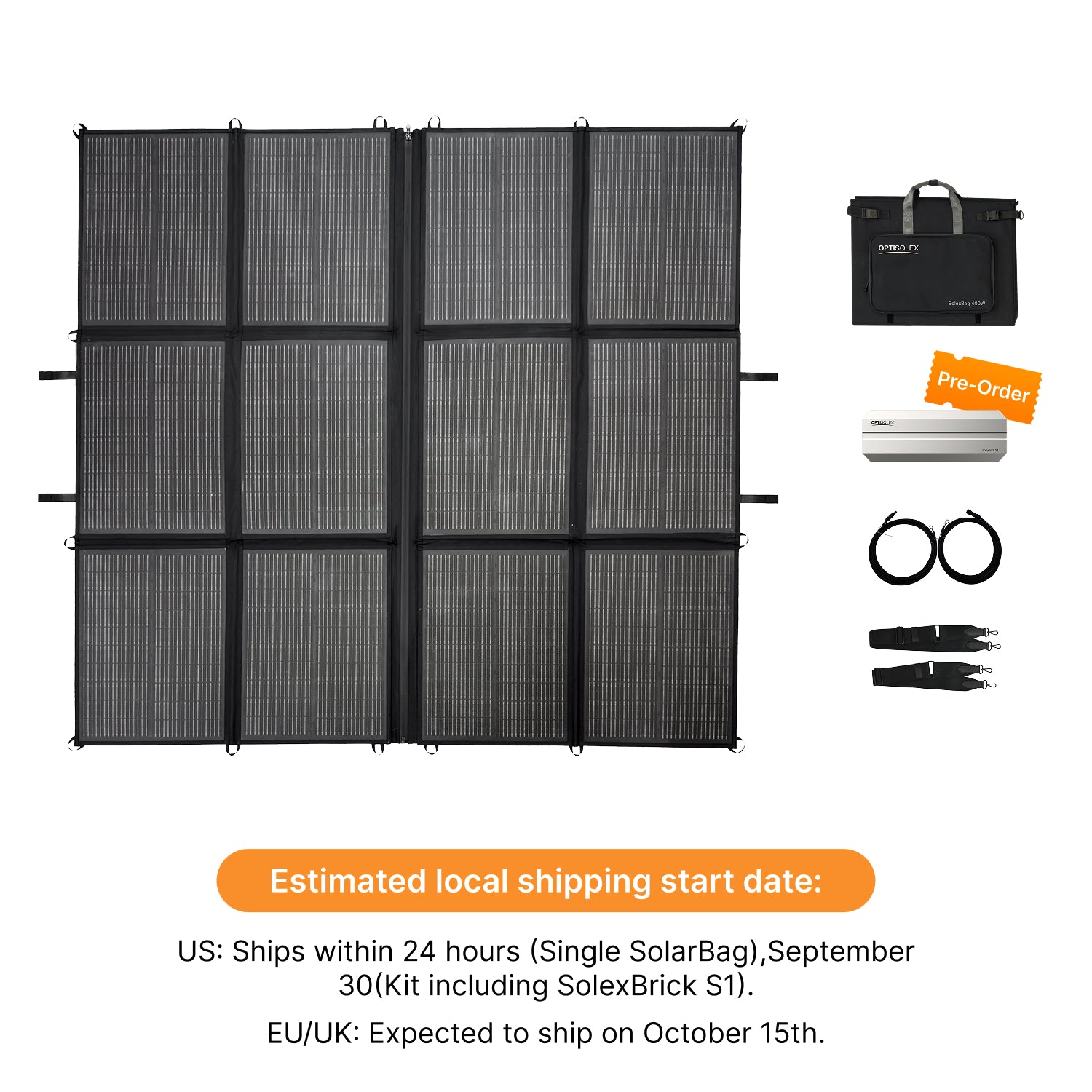




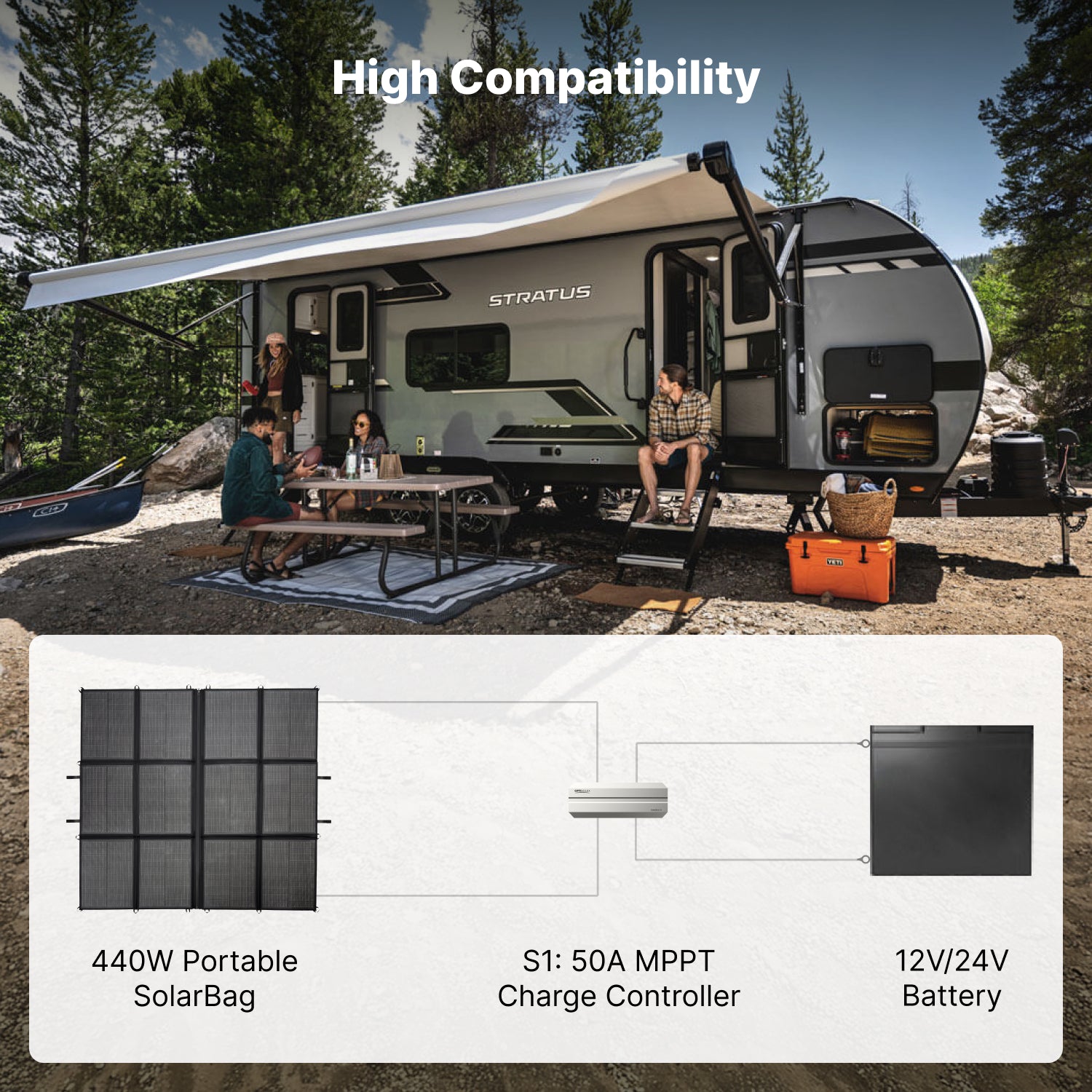






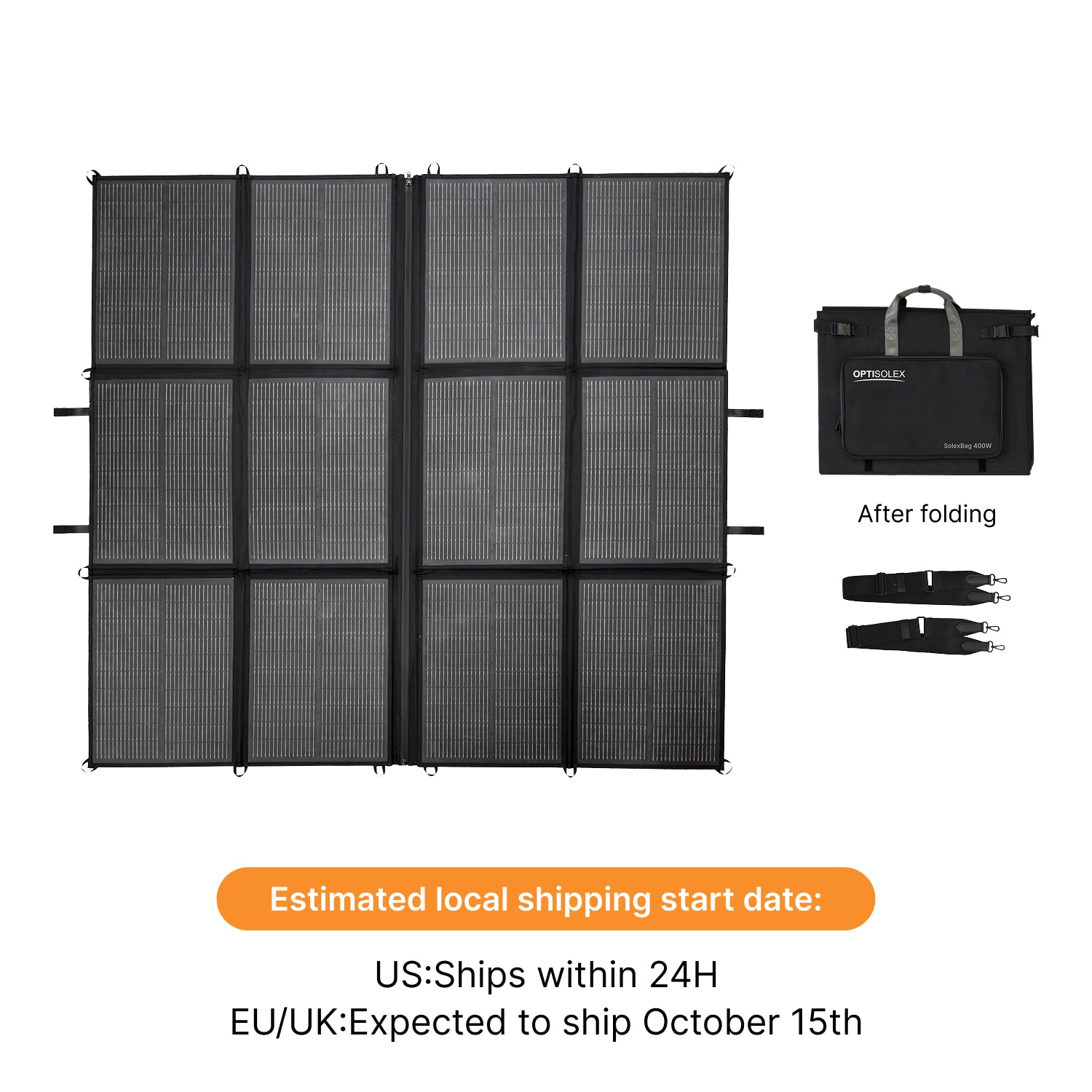
OptiSolex 400W Portable SolarBag Kit(test)
- True 440W Output:10% higher than conventional products.
- Ultra-Portable: 17.2 lbs foldable, 50% smaller and lighter, backpack-friendly.
- 25% N-TYPE Efficiency: Up to 25% conversion efficiency, industry-leading.
- Zipper Design: Dual 220W panels, deploy separately for angles or split power.
- High Compatibility: Connect to power stations or 12/24/48V batteries directly with S1.
- US: Single SolarBag ships within 24 hours. Kit (including SolexBrick S1) ships on September 30th.
- EU: October 15th.

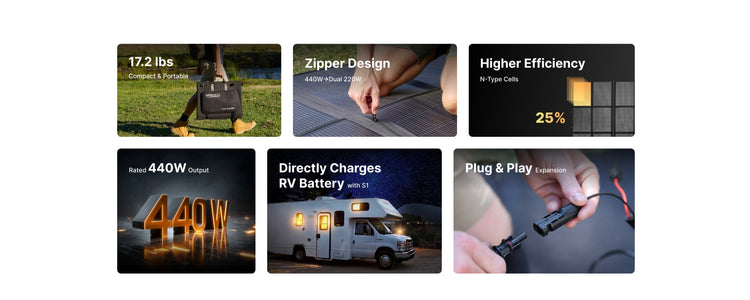
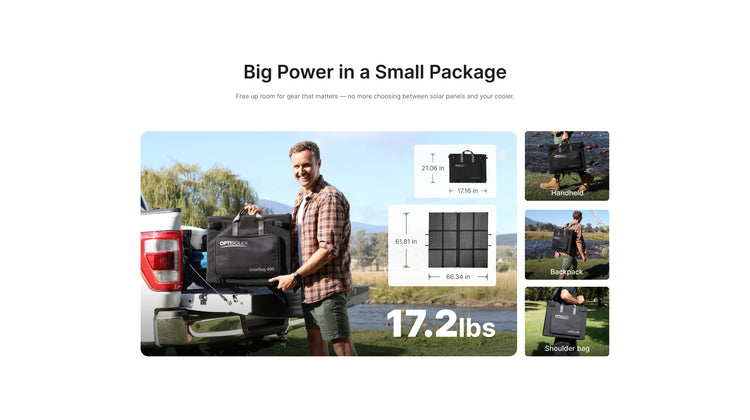
Solar Power That Adapts to You
Split for lightweight camping, or combined for Ry trips. One kit does it all.

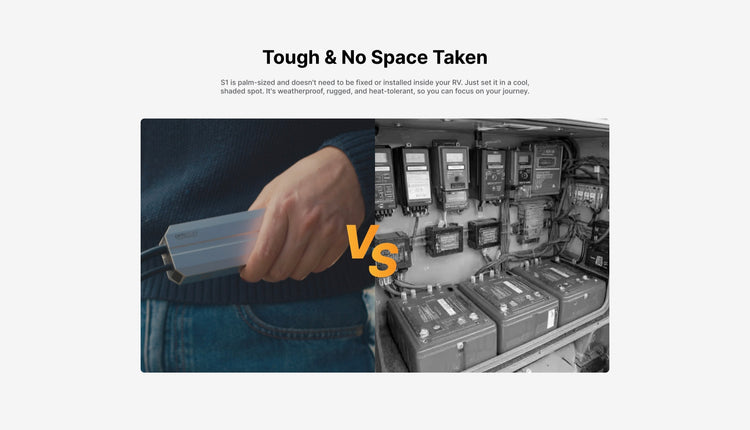
What's in the box
400W Portable SolarBag Kit
400W Portable SolarBag
Specifications
400W Portable SolarBag
440W
42V/21V
11.8A
36V/18V
5V/3A, 9V/3A, 12V/3A, 15V/3A, PD45W max
5V/3A, 9V/2A, 12V/1.5A, 15W max
5V/3A, 9V/3A, 12V/3A, 15V/3A, PD18W max
170*160*0.4cm (66.93*62.99*0.16in)
53.5*43.5*11.5cm (21.06*17.16*4.53in)
7.8kg (17.2 lbs)
SolexBrick S1
10-50 VDC
Auto 12/24/48V
50A
230W@5V, 450W@12V
MCS230
10AWG DC Output Cable 8AWG
-40°F to 149°F/-40°C to 65°C
0%-99%, No Condensation
5000m
111.0*4.2*3.0cm(4.33*1.6*1.18 in)
300g (0.66 lbs)
FAQ
Is the SolarBag compatible with my power station ?
Here's a quick way to check compatibility:
1. Refer to the user manual of your power station and locate the solar input specifications.
2. The optimum operating voltage & current of the OptiSolex 400W Portable SolarBag are: 42V, 11.2A.
3. If your power station maximum input voltage (Voc) and input current are equal to or higher than these values, the SolarBag should work safely with your power station.
Still have doubts? Our team is here for you at support@optisolex.com.
What kinds of devices can be charged with this kit?
OptiSolex 400W Portable SolarBag Kit can charge LiFePO₄ (LFP) batteries (solar charge controllers are required) and portable power stations. Just ensure the open circuit voltage of the solar panel does not exceed the maximum DC input voltage of any connected power stations or solar charge controllers. can charge batteries (solar charge controllers are required) and portable power stations. Just ensure the open circuit voltage of the solar panel does not exceed the maximum DC input voltage of any connected power stations or solar charge controllers.
Will installation take a long time if I'm a beginner?
It's not hard at all. The choice of battery/power station connection is slightly different and requires no complex electrical knowledge. Most users can complete the installation in 5-15 minutes following the tutorial and instructions.
Does the installation require specialized tools?
No professional tools are required and all accessories are included in the set. The manual can be provided with the steps of pictures and words.
Is it possible to power electronic devices directly?
Yes. Each 200W panel provides 3 outlets:Device support: Mobile (1-2 hours full) , tablet (2-3 hours) , laptop (2.5-4 hours) .Note: high-power equipment (e. g. refrigerators) must be relayed through batteries or power stations.
How long does it take to charge a RV battery?
Depends on battery capacity, sunlight intensity and other factors.For example, a 200Ah battery (12V) can be fully charged in about 5-6 hours under ideal sunlight. Overcast hours may be extended by up to 30% . Power generation status can be viewed in real time via the APP (Bluetooth connection to S 1 module is required) .Specific formulas can be used to estimate:Formula:Battery Capacity(X wh=VxAh)/Input Power(W)x 1.2 or more for buffer.
Why is my portable solar panel underproducing?
The output performance of solar panels is dependent on multiple factors. These include sunlight intensity, temperature, and weather conditions. Indirect sunlight, rising temperatures, cloudiness, and dust and dirt build-up can reduce the output of your solar panel.
How should I connect multiple solar panels for my system? Should I use a series or parallel configuration?
440W solar panel blanket can be connected in series or parallel configuration or array. How you choose to connect multiple solar panels depends both on the size of your off-grid solar system and your power needs. Connecting solar panels in a series increases the voltage of the system, leaving the system current output the same as a single panel. The total amount of voltage of a series-connected array can be measured by multiplying the voltage output of a single panel by the number of panels. Or if you have panels of different voltages you add the voltage of each panel to get the total voltage of the array. Connecting solar panels in parallel increases the current of the array and maintains the voltage output of a single panel. The total current of a solar array connected in parallel can be measured by multiplying the current of a single panel by the number of panels. Make sure the open circuit voltage of the connected panels does not exceed the maximum DC input voltage of the power station or controller.




